Expand HCP Access with Connected Engagement – Veeva Pulse Data Europe
After an initial boom in healthcare professional (HCP) access 18 months ago, field access has now declined to pre-pandemic levels where it is expected to stabilize. The most recent global Veeva Pulse Field Trends Report indicates that half of accessible HCPs only engage with three or fewer biopharmas, with significant variation in accessibility by market and specialty.
Ask HCPs about their experiences, and they will confirm that touchpoints with our industry are essential but need to be more consistent. They want two-way interaction centered on educational, timely, and relevant information for their patients. As Dr. Vital Hevia MD, PhD, FEBU – Urologist – Section of Uro-Oncology and Kidney Transplant, Hospital Ramón y Cajal, notes: “Physicians have limited time and don’t need repetitive information. The transfer must be efficient, with scientifically trusted information through the right channel.”
The evolution of HCP engagement is less about the number of touchpoints and more about companies using all the tools at their disposal to make every interaction count. This can only be achieved through greater collaboration between sales, marketing, and medical.
If sales teams can use integrated data, they will more easily identify and prioritize the right customers. New engagement channels are proven to enhance the customer experience and smooth handovers between sales and medical; this way, physicians can find resources and experts quickly, as patient needs arise. By aligning content insights with content production, teams can bridge sales and marketing efforts, ensuring more impactful content reaches customers.
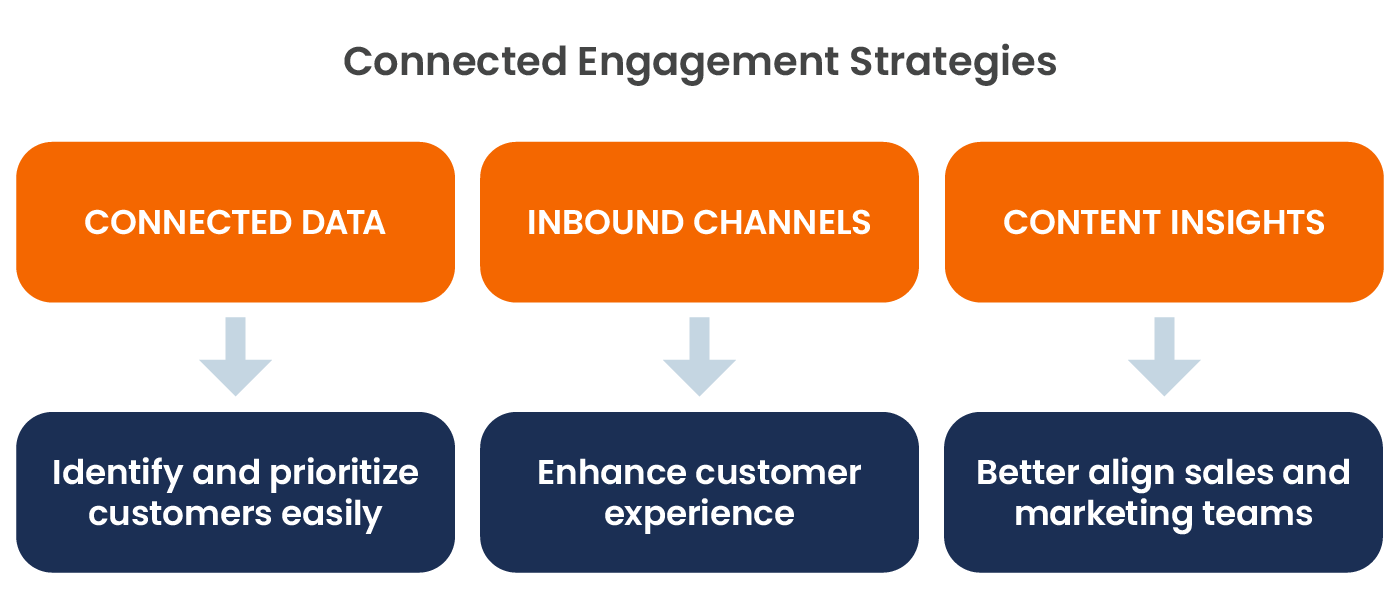
As leading companies like Daiichi Sankyo Europe GmbH, Boehringer Ingelheim, and Novo Nordisk show, connected teams can rapidly advance high-value HCP engagement.
Connect your data, expand your access
Globally, HCP access is back to pre-pandemic levels. The same trend is visible in Europe, where HCP access across all specialties now averages 53%1 [Figure 1a]. Access is most restricted in internal medicine, neurology, urology, and psychiatry [Figure 1b].
Figure 1a: HCP access (Top 5 European markets)
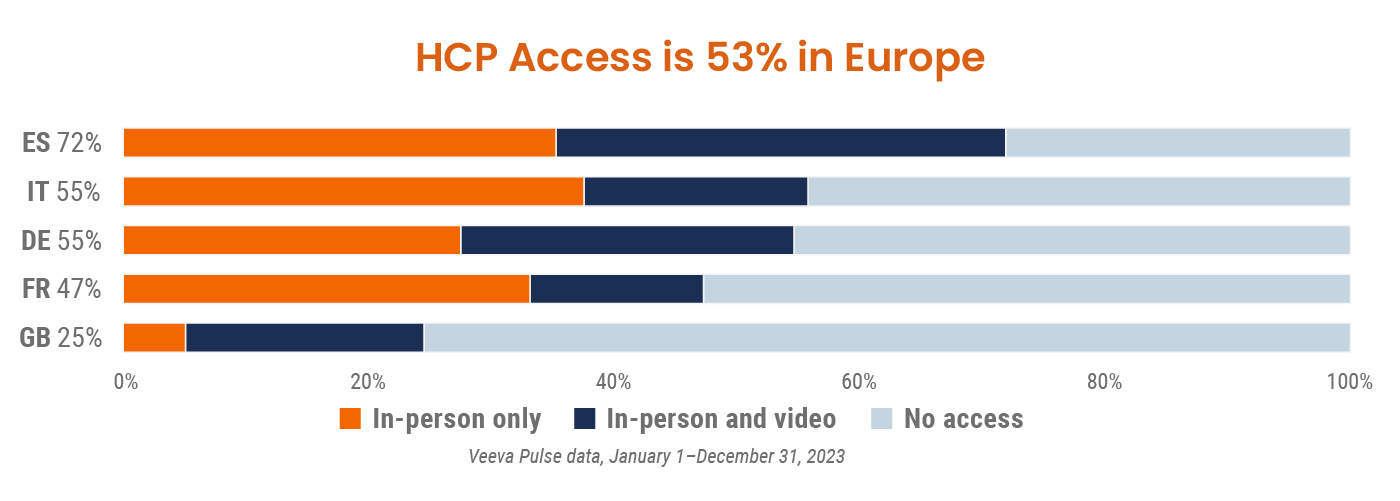
Figure 1b: HCP access by specialty (Top 5 European markets)
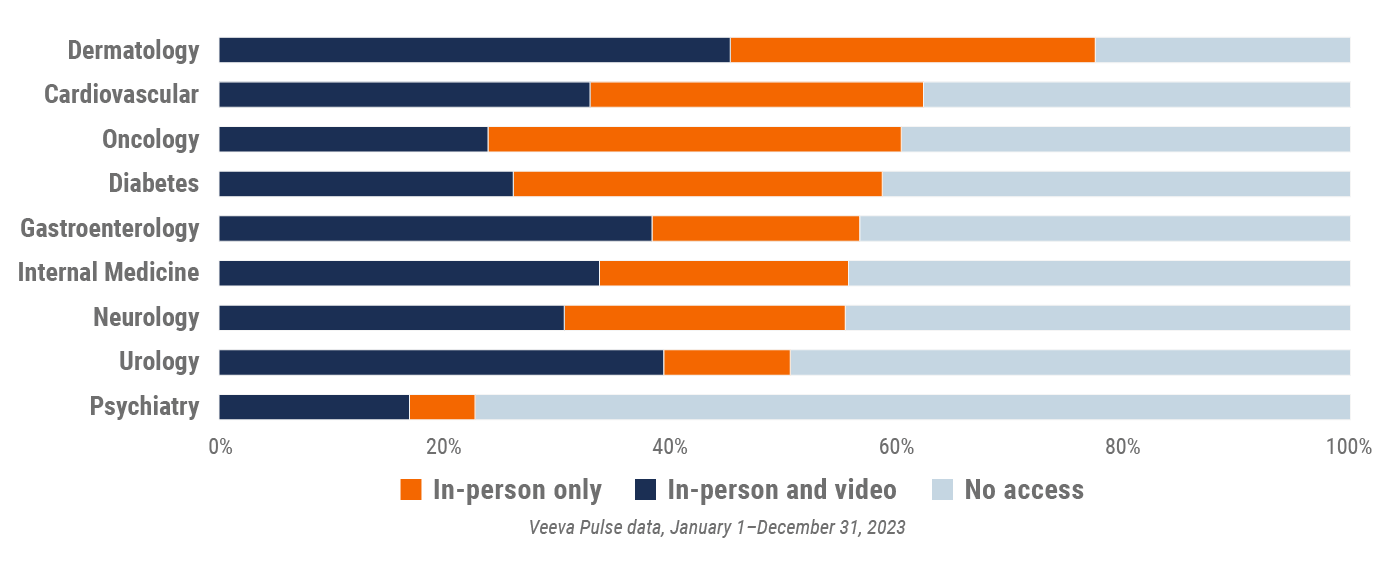
Source: Veeva Pulse Field Trends Report
Veeva research2 has found that in the average European market and therapeutic area, around 50% of accessible HCPs (and therefore patients) are underserved. It is difficult to identify and engage the full universe of relevant HCPs, particularly in specialty medicine, where a lack of granular data means that biopharma companies tend to rely on field teams insights. This can lead to bias.
Industry leaders are transitioning beyond traditional HCP planning methods by connecting new data sources. They are setting up next-generation HCP engagement approaches, built on a more complete picture of the customer universe. For instance, Daiichi Sankyo wanted to maximize reach and coverage for a key brand. Instead of limiting its view to the single dimension of “HCP Potential”, the team decided to connect multiple datasets using Veeva Data Cloud. This enabled it to incorporate new dimensions, such as “HCP Call Pressure” and “Scientific Influence.”
“Our segmentation and targeting initiative yielded major results: 1.5x customer potential, up to double-digit sales uptake, and new customer insights.” — Patrick Markt-Niederreiter, Vice President of Digital Excellence, Daiichi Sankyo, Europe GmbH
It’s not just sales teams that benefit. Field medical teams also need deep data to identify and engage the right key opinion leaders (KOLS) — a significant challenge, given that 30% of global experts have no recorded MSL interactions.
Use inbound channels that drive high-quality engagement
HCPs put a premium on interactions with field teams who get them what they need quickly and reliably. While nothing can replace in-person interactions, adding inbound engagement channels, such as compliant chat, helps HCPs raise their hands at points of need and increases overall engagement. Given 62% of accessible HCPs only meet three or fewer biopharmas, compliant chat presents an important opportunity to expand access [Figure 2].
Figure 2: HCP selectivity by country (Top 5 European markets)
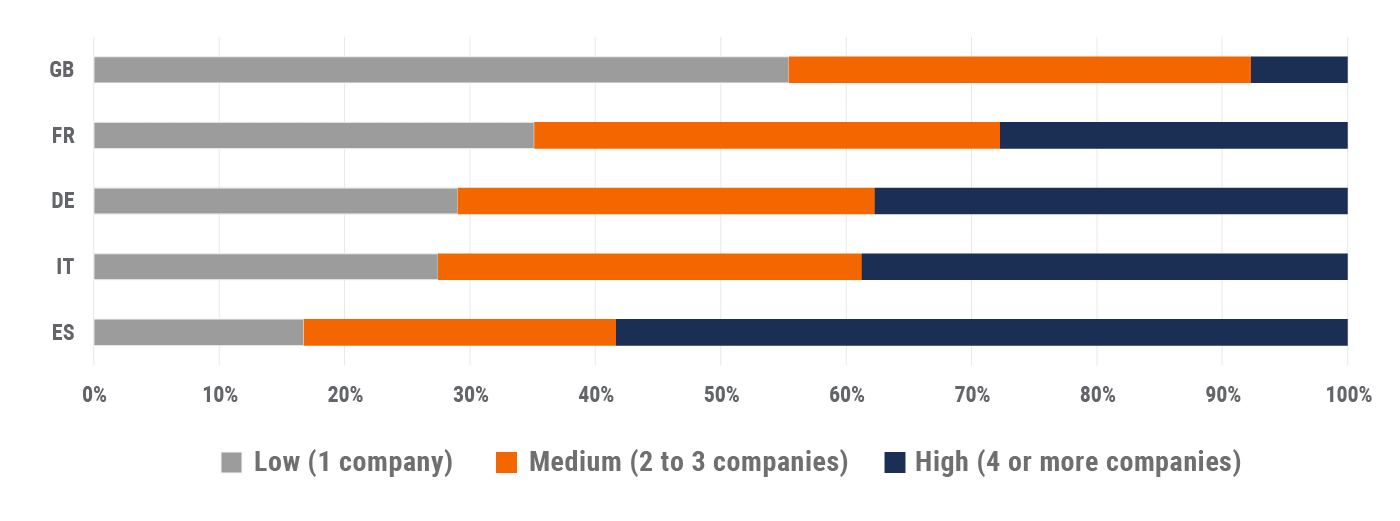
Source: Veeva Pulse Field Trends Report
Veeva Pulse data also shows some notable growth in chat and text engagement in Southern European countries like Spain, which continues to lead Europe in overall activity volume and is often a pilot market for instant chat roll-outs.
Timing matters when educating on new treatments and two-way communication increases the chance of getting it right. HCPs could need information for their patients at any time, including during scheduled meetings. Since implementing on-demand channels in its customer journey, Boehringer Ingelheim has seen its content click-through climb to 60%, a major difference from the average for rep-sent email (9%)3. Meanwhile, 43% of HCPs now respond to chat messages from the field [Figure 3].
Figure 3: Two-way chat effectively supports HCP engagement

Source: Boehringer Ingelheim
“HCPs want quick information. They can’t wait for the next rep’s visit, phone call, or email.” — Saskia Richter, Global Capability Owner for Customer Facing Relationship Management, Boehringer Ingelheim
Build on content insights to drive business decisions
Over the last year, there has been a consistent rise in content use [Figure 4]; however, Europe remains one of the lowest regions for content usage globally, and there is an opportunity for organizations to increase HCP engagement through targeted content.
Veeva Pulse data indicates that despite having a significant promotional impact on patient starts, European field teams only share digital content in 30% of HCP meetings, while 77% of content produced is rarely or never used by field teams.
.Figure 4: Content usage by channel, Europe
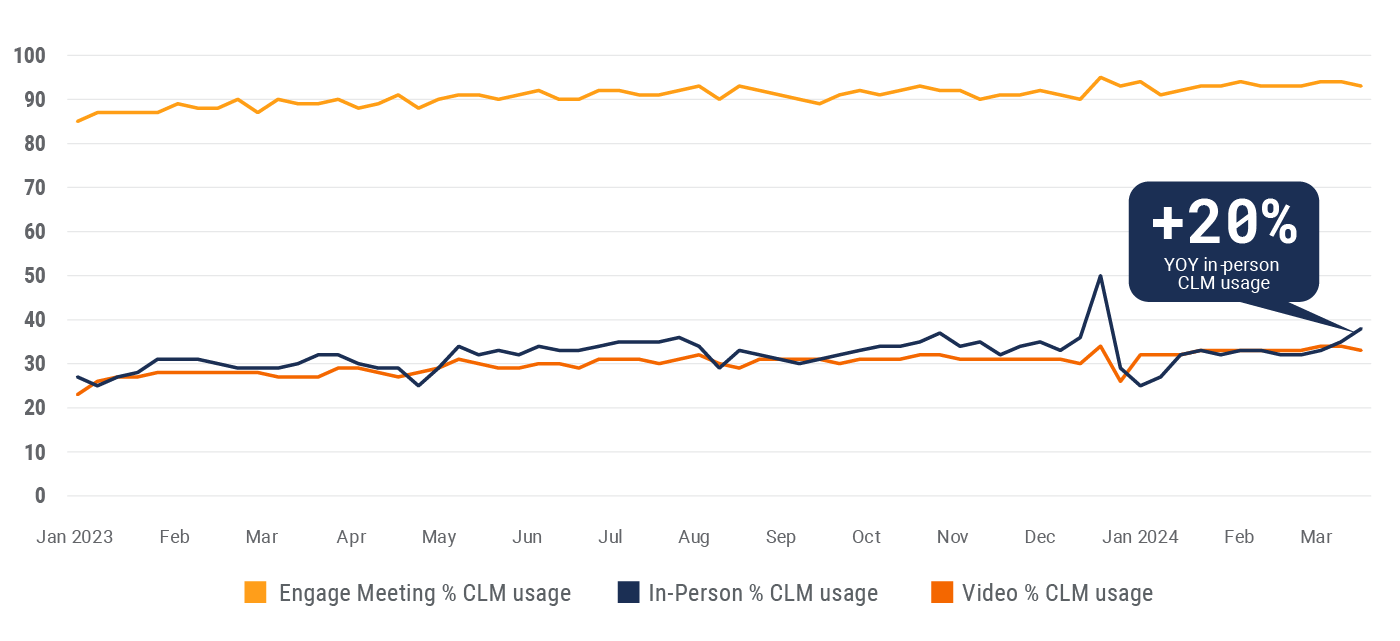
Source: Veeva Pulse Field Trends Report
One of the challenges for organizations is streamlining the content production process to surface the right content to field teams. Marketing teams that use content insights can go further and prioritize assets with high sales buy-in — and eliminate unused content. With rapidly escalating content volumes, Novo Nordisk lacked data on internal content use and how its customers received content messaging. The team realized it needed to own the end-to-end content supply chain to unlock business-relevant data, including time to market and cost avoidance.
“We had very little data to tell us the outcome of the content we were creating, so we decided we had to own the end-to-end content supply chain to create more transparency into the use and reuse of content.” — Alejandra Betancourt, Global Vice President Content Excellence and Innovation, Novo Nordisk
Creating an edge
Overcoming Europe’s persistent access challenges to HCPs and KOLs requires connected teams to work together. When sales and medical teams can access and build off their combined activity data, they can tailor their customer interactions so that each meeting counts. Inbound channels, such as compliant chat, remove some barriers and smooth handoffs between sales and medical. This way, customers can initiate the discussion on what they need when they need it.
Download the Pulse data for Spain, France, Italy, Germany, United Kingdom.
Speak to Veeva Business Consulting to understand more about overcoming HCP engagement challenges for your brand.
1 HCP access determined by leveraging Veeva Pulse and Veeva Open data activity records. Access threshold defined as HCP with at least one interaction per month from more than one company over a 12-month period. Note that the threshold is different from previous Field Trend Reports.
2 Veeva research on the overlap of HCP targets for head-to-head competitors in the average European market and therapeutic area.
3 Veeva Pulse Field Trends Report. This figure looks at click rate for Veeva Approved Email in the top five European markets from January until December 2023.

